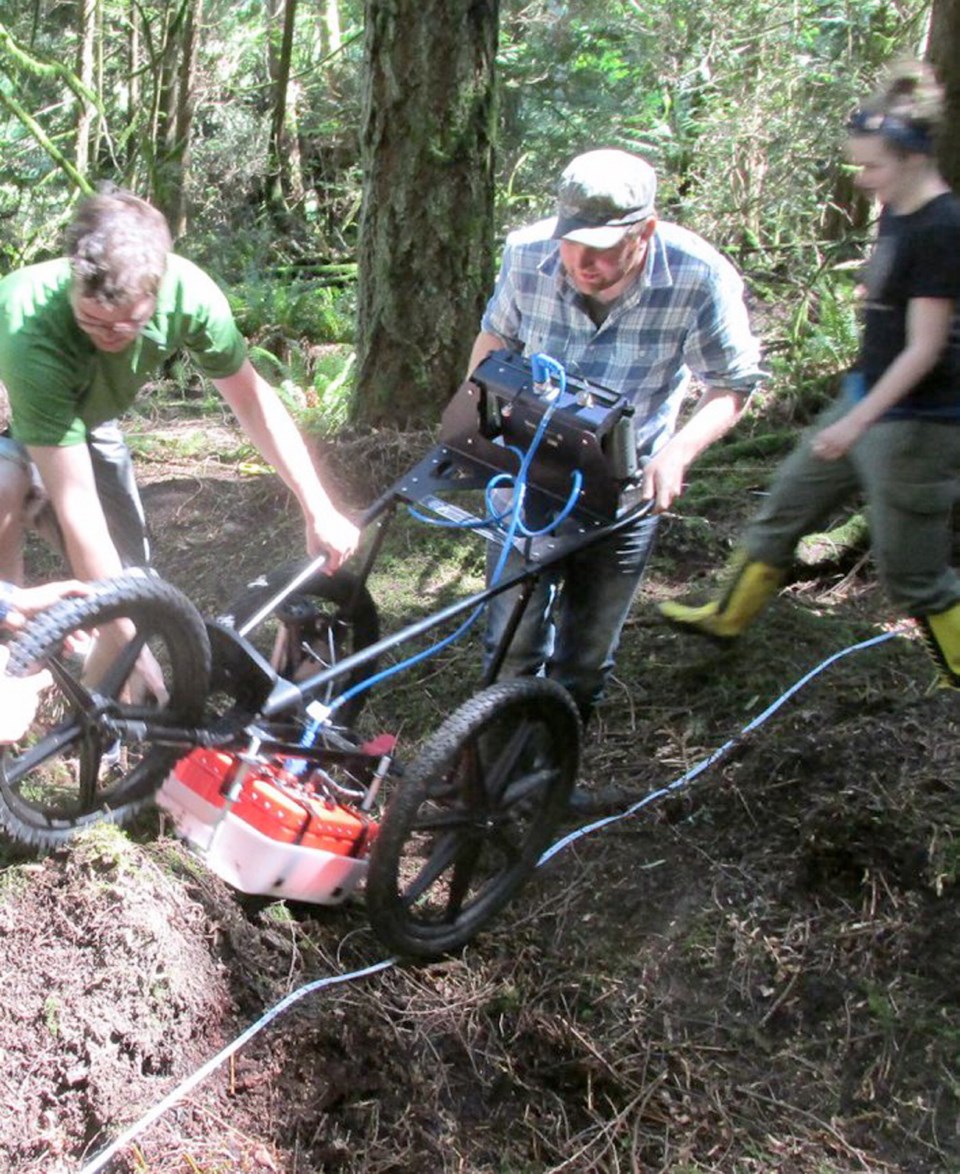A rare inland midden has been unearthed on Prevost Island, off the east coast of Saltspring Island, more than 30 years after archeologists first recorded the location of the site.
Midden comes from the Danish word “køkkenmøddinger,” which means kitchen waste or compost.
“They’ve come into view in the last 30 years,” said Eric McLay, who led the excavation. “No one’s taken a good look at what they are and studied them.”
Inland shell middens are unique to the Salish Sea region and are slowly emerging into public view.
McLay says he’s unsure of the original purpose of the site and says it could have been used as a defensive site, as a place to gather resources or for rituals.
But he says the absence of any fish or mammal bones only deepens the mystery of what the site was being used for.
Fire-heated rocks discovered at the site are being used to help carbon- date the approximate age of the site to further help researchers.
Parks Canada said it is one of the largest excavations they’ve worked on in the region. There are more than 30 midden sites scattered throughout the Gulf Islands, but this is the only site that falls within the boundaries of the Gulf Islands National Park Reserve.
To help with the excavation, Parks Canada provided ground-penetrating radar and a magnetometer — a device used to measure magentic fields — to help map out the site.
As more companies start building developments and housing, inland middens are becoming endangered. Local First Nations say providing the middens with protection is crucial for preserving their heritage.
“It’s important because all the historical information, the things eaten at that time and the medicines that were prepared, is how our people survived,” said Tsawout hereditary chief Eric Pelkey.
One site on Saltspring Island was damaged in the summer of 2004 by a construction company building condos.
The excavation is a continuation of the field course offered by the University of Victoria, with 12 students and two First Nations representatives also taking part. The process took three weeks to complete and wrapped up last week.
McLay hopes the discovery will help change the perception of middens as ancient dumping grounds and instead show their cultural significance.
He says he saw the term used derogatorily during the Marpole Midden protests in Vancouver last year and hopes it starts a discussion over how to use the term.
“We use the term unthinkingly,” he said. “We need to redefine the term and put it into Coast Salish terms.”



